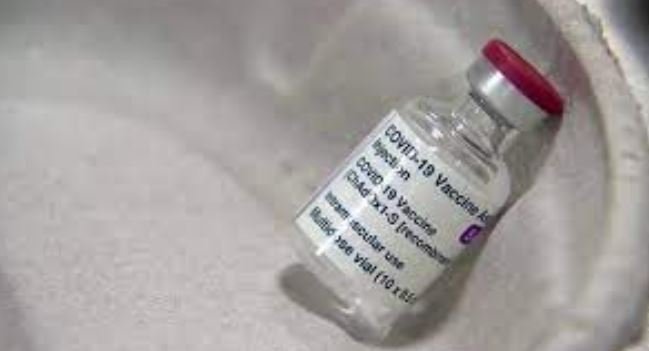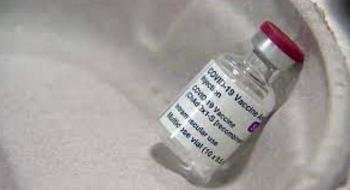Covid-19 Vaccine Injuries — Preventing Inequities in Compensation
Ordinarily, it takes scientists about 10 years to develop a vaccine. By contrast, the pharmaceutical industry has worked toward emergency approval of Covid-19 vaccines in a matter of months. With 44,000 participants enrolled in clinical trials for the Pfizer–BioNTech vaccine and 30,000 in clinical trials for Moderna’s vaccine, common side effects that occur fairly soon after vaccination are likely to be identified. But this abbreviated development timeline provides little opportunity to identify potential adverse events such as joint pain, anaphylaxis, or neurologic conditions such as encephalitis, transverse myelitis, or Guillain–Barré syndrome that might occur in the longer term or that are rare enough that they probably won’t be discovered until the vaccine is distributed to a substantial portion of the public. Vaccine-related adverse events would especially burden low-income people, who have limited financial resources to obtain medical care, weather any resulting job loss, and pursue compensation and who are disproportionately non-White.
The United States has developed a robust system for vaccine-injury compensation to alleviate the burdens of adverse medical consequences of vaccines. But this system will be unavailable to people who receive Covid-19 vaccines during the declared public health emergency. All potential vaccine recipients, and especially people in high-risk communities, therefore face a dilemma: should they risk becoming infected or risk having a vaccine injury without sufficient access to compensation?
Normally, once the Food and Drug Administration (FDA) approves a vaccine and the Centers for Disease Control and Prevention (CDC) recommends it for children or pregnant women, injury compensation is available for any recipient through the National Vaccine Injury Compensation Program (VICP). The VICP covers the majority of vaccines administered in the United States. This no-fault program was created to provide an alternative legal avenue to ensure quick and fair compensation for vaccine injuries and to insulate manufacturers from liability to encourage them to pursue vaccine development. In many cases, claimants who develop recognized symptoms within a certain time frame after vaccination don’t need to prove that the injuries were caused by the vaccine, which leaves in question only the extent of damages. Successful claims and attorneys’ fees are paid out of the Vaccine Injury Compensation Trust Fund, and they have exceeded $4 billion to date.1 Since 2015, the fund has paid out an average total of $216 million to an average of 615 claimants each year.
The declaration of a public health emergency by the Department of Health and Human Services in March 2020, however, resulted in exclusion of Covid-19 vaccine injuries from the VICP. This declaration triggered the Public Readiness and Emergency Preparedness (PREP) Act, a federal law that requires that all people injured by vaccines given as countermeasures during a declared emergency bring claims under only the Countermeasures Injury Compensation Program (CICP). The CICP is far less generous and less accessible than the VICP. It compensates people for only the most serious injuries, has a higher burden of proof than the VICP, has a 1-year statute of limitations after the date of vaccination, and limits awards for damages. For example, the CICP limits lost-income recovery to $50,000 for each year out of work and doesn’t include compensation for pain, suffering, or emotional distress.
As a result, people who are vaccinated during the declared public health emergency will be less likely to obtain compensation for injuries associated with Covid-19 vaccines than they would be for injuries from vaccines included in the VICP. Furthermore, the process for pursuing compensation will be lengthier, more difficult, and more expensive because reimbursement for attorneys’ fees is unavailable. People vaccinated during a declared public health emergency can never pursue injury claims under the VICP, even if their symptoms manifest or are linked to the vaccine after the declaration is lifted.
Low-income people and people of color typically shoulder the greatest burden during public health disasters and their aftermath, and the Covid-19 pandemic has been no different. Racial and ethnic minorities are more than twice as likely to die from Covid-19 as White people, and mortality is much higher in high-poverty areas than in wealthier ones.2 It will therefore be acutely important to rapidly vaccinate members of minority and low-income populations.
There are also high levels of vaccine skepticism and reluctance in these communities, often stemming from long-standing inequities in medical treatment and from abuses, such as those that occurred during the infamous Tuskegee syphilis study. In a Kaiser Family Foundation poll conducted in August and September 2020, it was found that 49% of Black respondents would probably not or definitely not take a Covid-19 vaccine, as compared with 33% of White respondents.3 Similarly, a Pew Research Center poll from November found that although 71% of Black respondents knew someone who had been hospitalized or died from Covid-19, only 42% intended to get a Covid-19 vaccine when it became available.4 These findings indicate a need to provide strong safety nets and supports to encourage Covid-19 vaccine adoption in vulnerable communities, including adequate injury compensation.
Comments
There are 0 comments on this post






